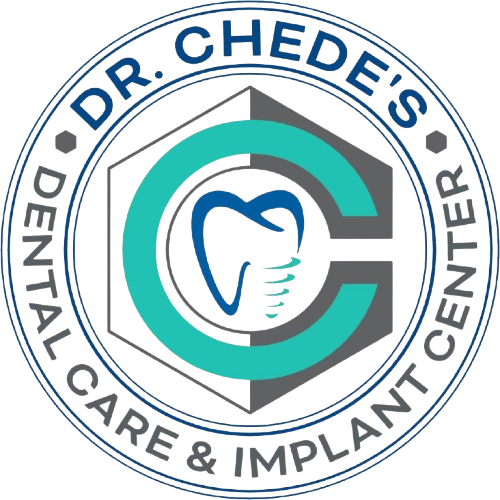Cyst Enucleation :


Commonly occurring Cyst – Dentigerous, Redicular, Odontogeric Cyst etc.
Vestibuloplasty :

Maxillary sinus lift procedures :

The roots of these teeth sometimes project into sinus. For placement of dental implants in the molar region, if there is less height of bone, the maxillary sinus is in close proximity, and chances of perdoration are very high during the procedure. This can lead to post operative infection of the sinus / oro-antral communication, which can be dangerous. Thus in such cases either the implant is not placed or a procedure called as sinus lift is performed, where a window is created in the lateral wall of the sinus through the bone & the epithelium is lifted off, the above mentioned procedure is and raised higher & space is filled bone graft metal performed first & then after 3 – 6 months dental implants are placed. This is as open surgery, which involves slightly more risk, and is done under antibiotic coverage.
In indirect sinus lift, the membrane is lifted through the osteotomy site for implants simultaneously at the time of implant, this is a closed procedure & involves less risk. Vestibuloplasty is also performed prior to fabrication of a removable / fixed dentures. So as to form a sound base for retention of the dentures.
Biopsy Procedure :



Especially in suspected cases of malignancy. It is also done when there is a differential opinion in the clinical presentation of the certain condition. Most commonly the procedure is done with scalpel & Blade. Nowadays lasers are used for this purpose.
Disimpaction :



Wisdom teeth / Third molar may set stuck (impacted) against other teeth… If there is not enough spaces for them to come through normally it can cause tooth decay. If the impaction makes oral hygiene difficult. Wisdom teeth which are partially erupted through the gum may also cause imflammation & infection in the surrounding gum tissues, termed pericoronitis. Wisdom teeth are often extracted when or even before there problems occur. However some recommend against the prophylactic extraction of disease for impacted wisdom teeth.
The wisdom teeth (Third molars) are frequently impacted because they are the last teeth to erupt in the oral cavity. Mandibular third molors are more commonly impacted than their maxillary counterparts. As a general rule, all impacted teeth must be removed.
Wisdom teeth / Third molar may set stuck (impacted) against other teeth… If there is not enough spaces for them to come through normally it can cause tooth decay. If the impaction makes oral hygiene difficult. Wisdom teeth which are partially erupted through the gum may also cause imflammation & infection in the surrounding gum tissues, termed pericoronitis. Wisdom teeth are often extracted when or even before there problems occur. However some recommend against the prophylactic extraction of disease for impacted wisdom teeth.
General procedure for Disimpaction :
1) Disimpaction is initiated by administration of local or general anesthetic as decided by dentists with patient’s consent.2) Once anesthetized, In second step, the gum are incised and underlying bone is partially removed by surgical instruments to gain access to impacted tooth.
3) In third step, it is decided by dental surgeon whether to remove the tooth as single structure or whether to split in multiple sections.
4) Now after ensuring the complete removal of all the pieces of wisdom tooth, the gum is approximated and sutures are placed. The number of suture is decided by the dentist and depends on the size of incision.
5) Once the removal is completed, the dentist gives particulars set of instruction to the patient. So that the patient can recover quickly along with the help of antibiotics & pain killers.
Instructions for patients after Disimpaction or tooth extraction.
1. Patient is advised not to split, Gargle or Brush for first 18 to 24 hours.2. Patient should be on liquid or semisolid diet preferably icecream, juices etc.
3. Instructions for remaining 3 – 5 days. Usually patient is asked to take medication regularly.
• Not to have hot, hard & spicy food.
• Not to use straw.
• Not open month very wide.
• Must clean the mouth especially the extraction area using warm water with salt.
• To come back for follow up after medication are over.
